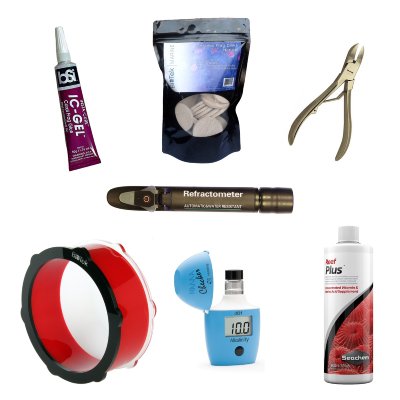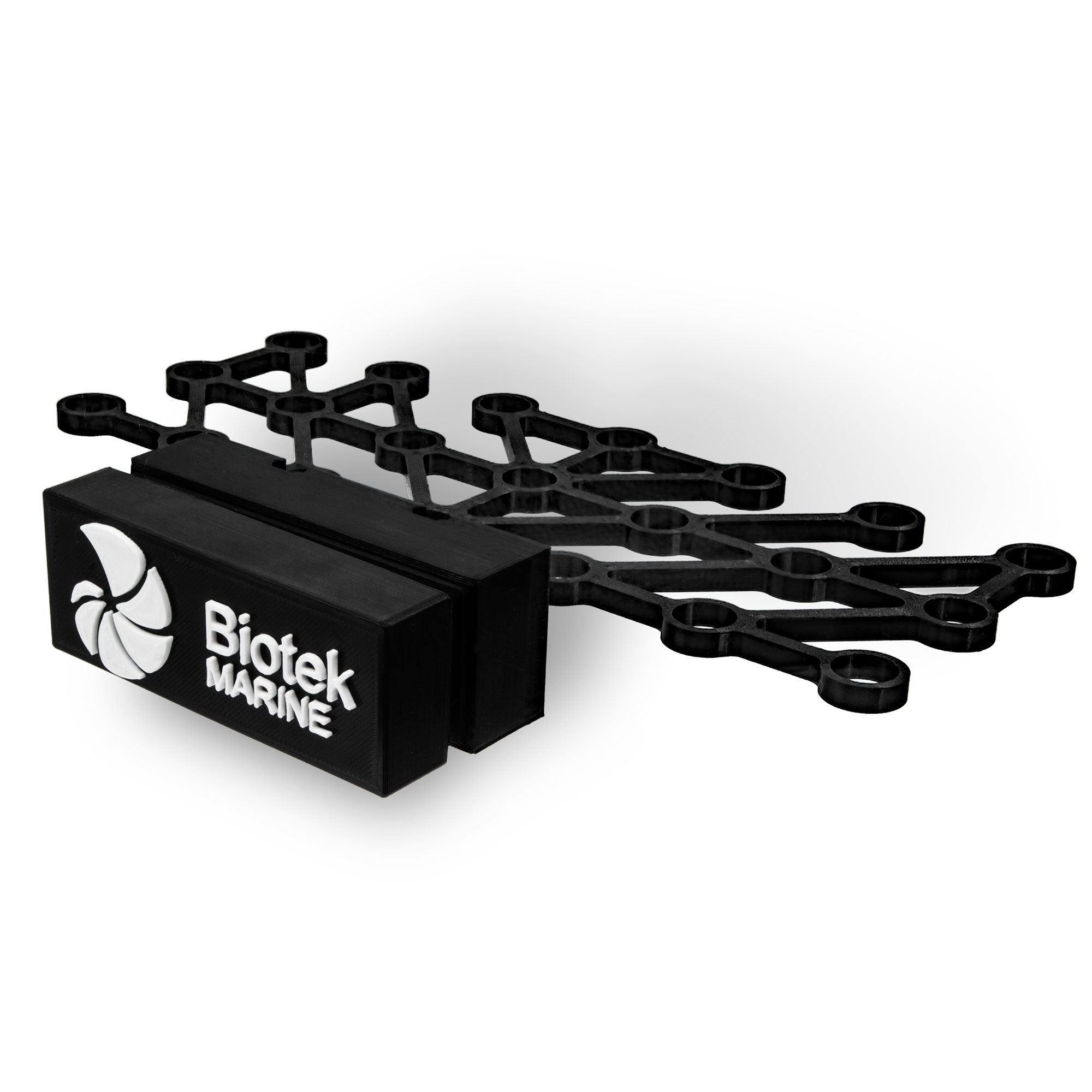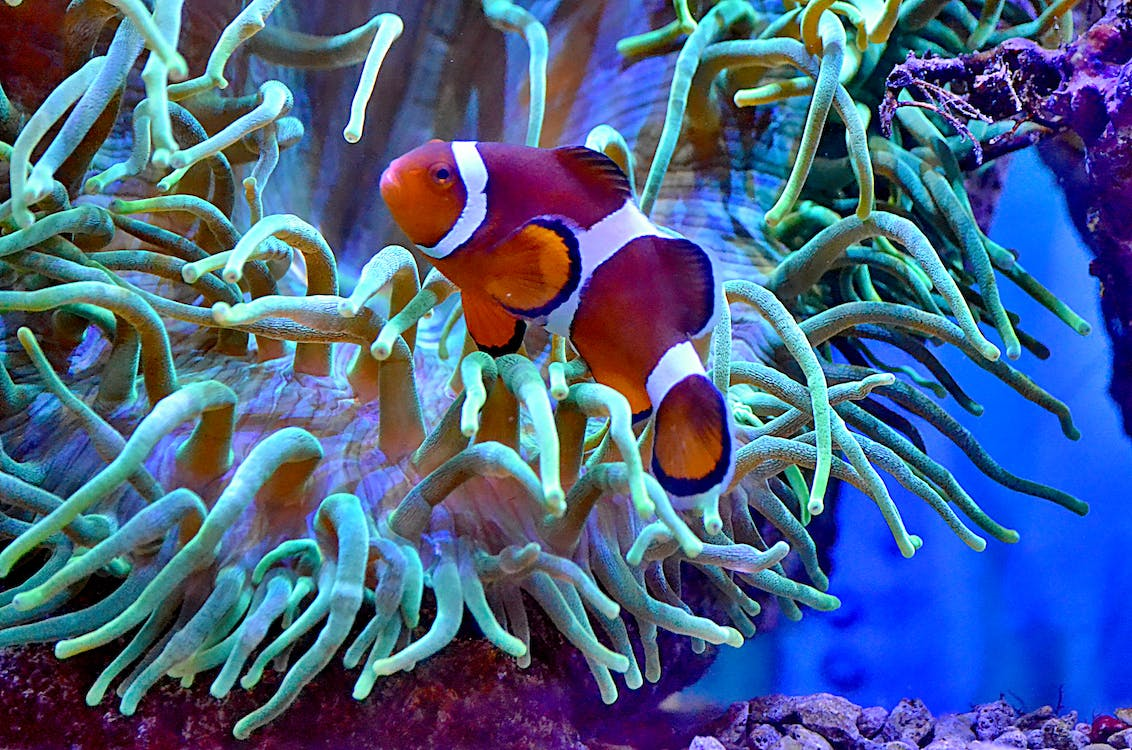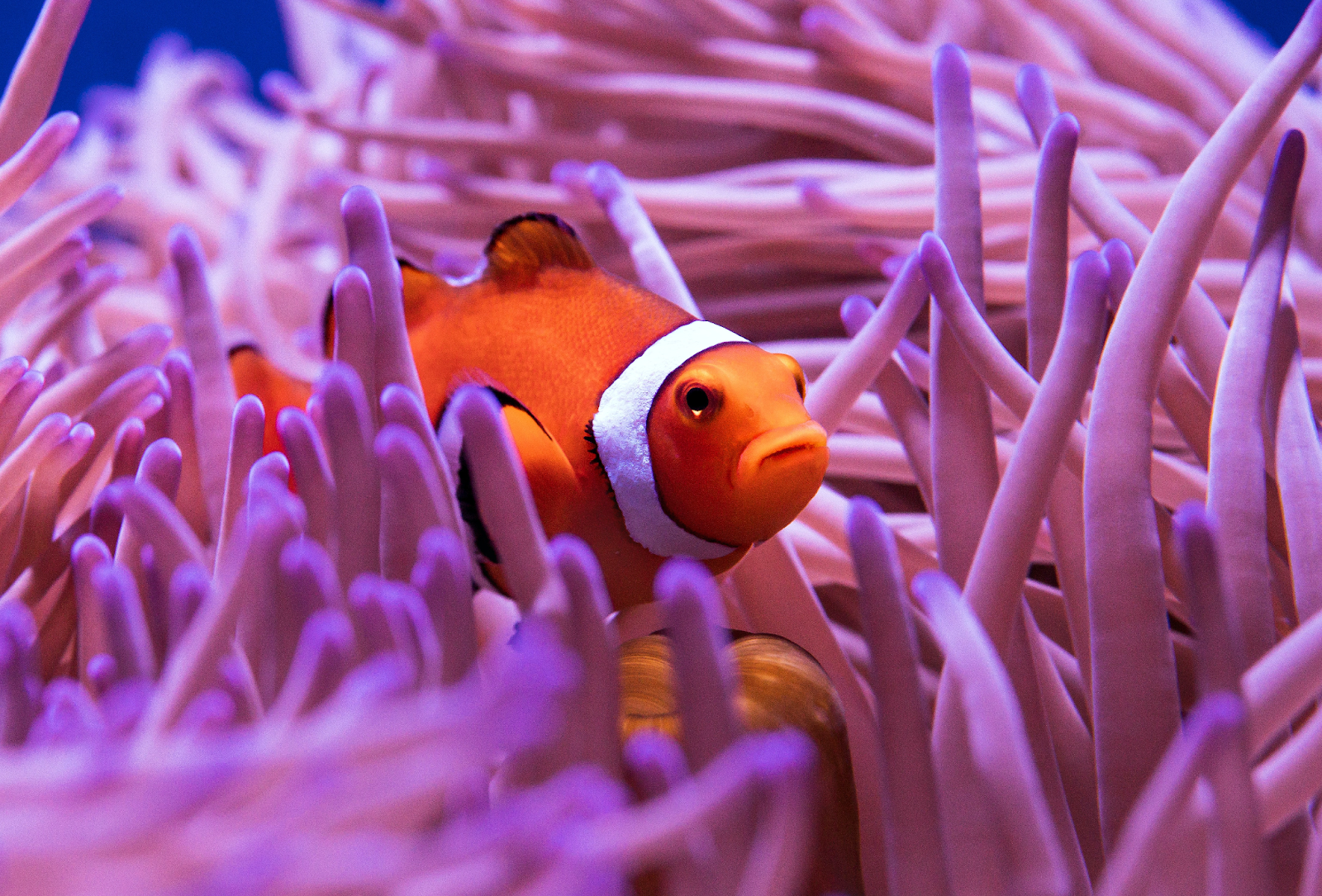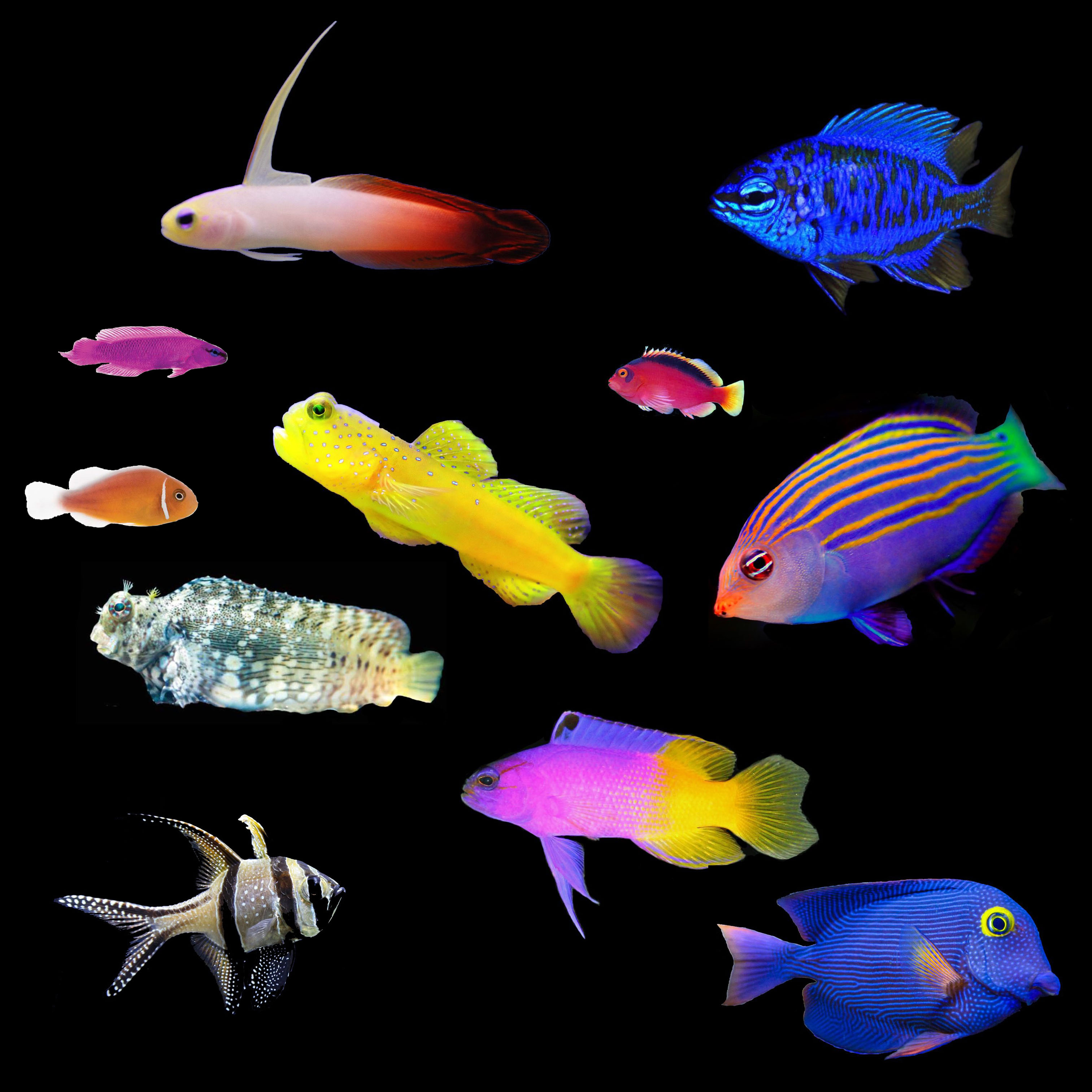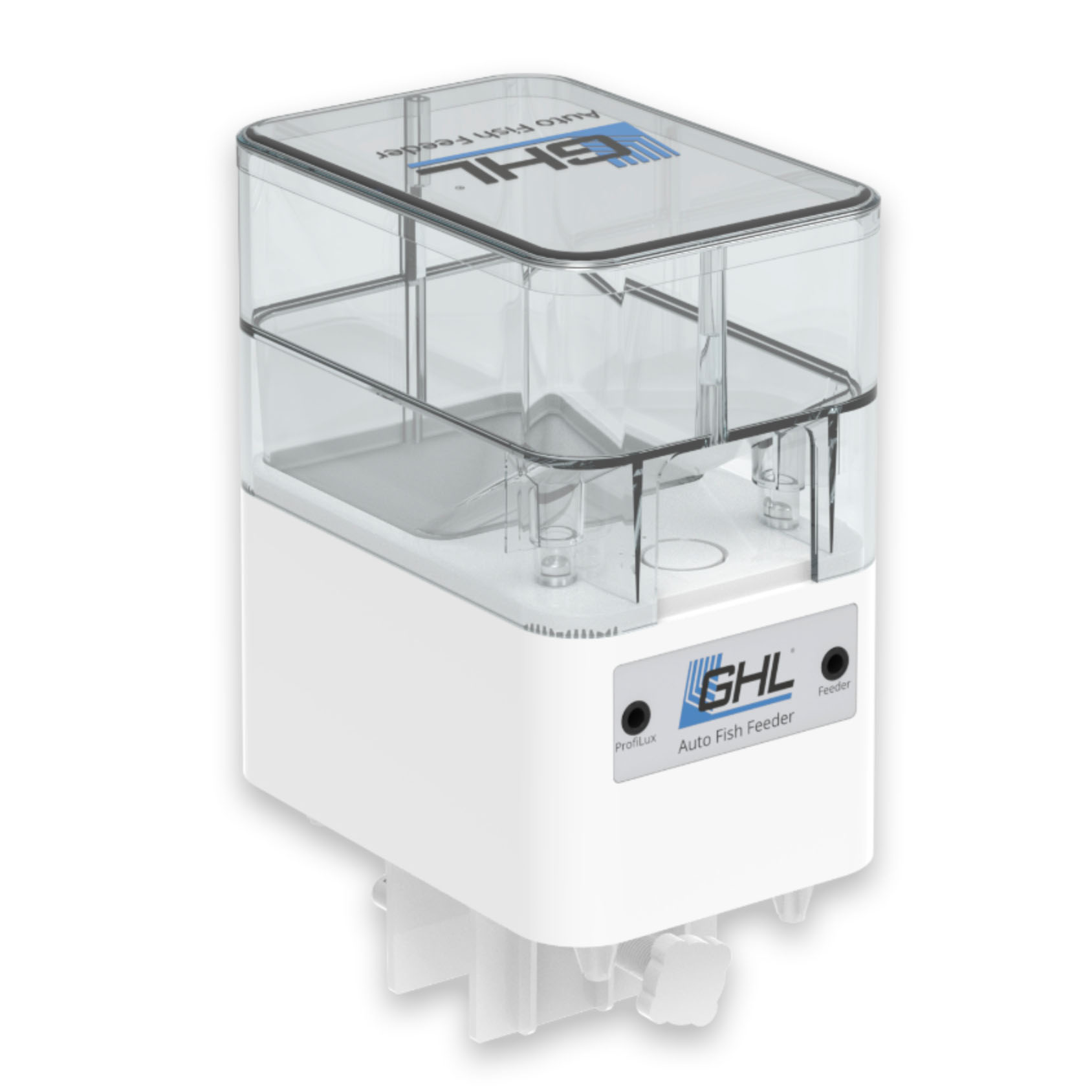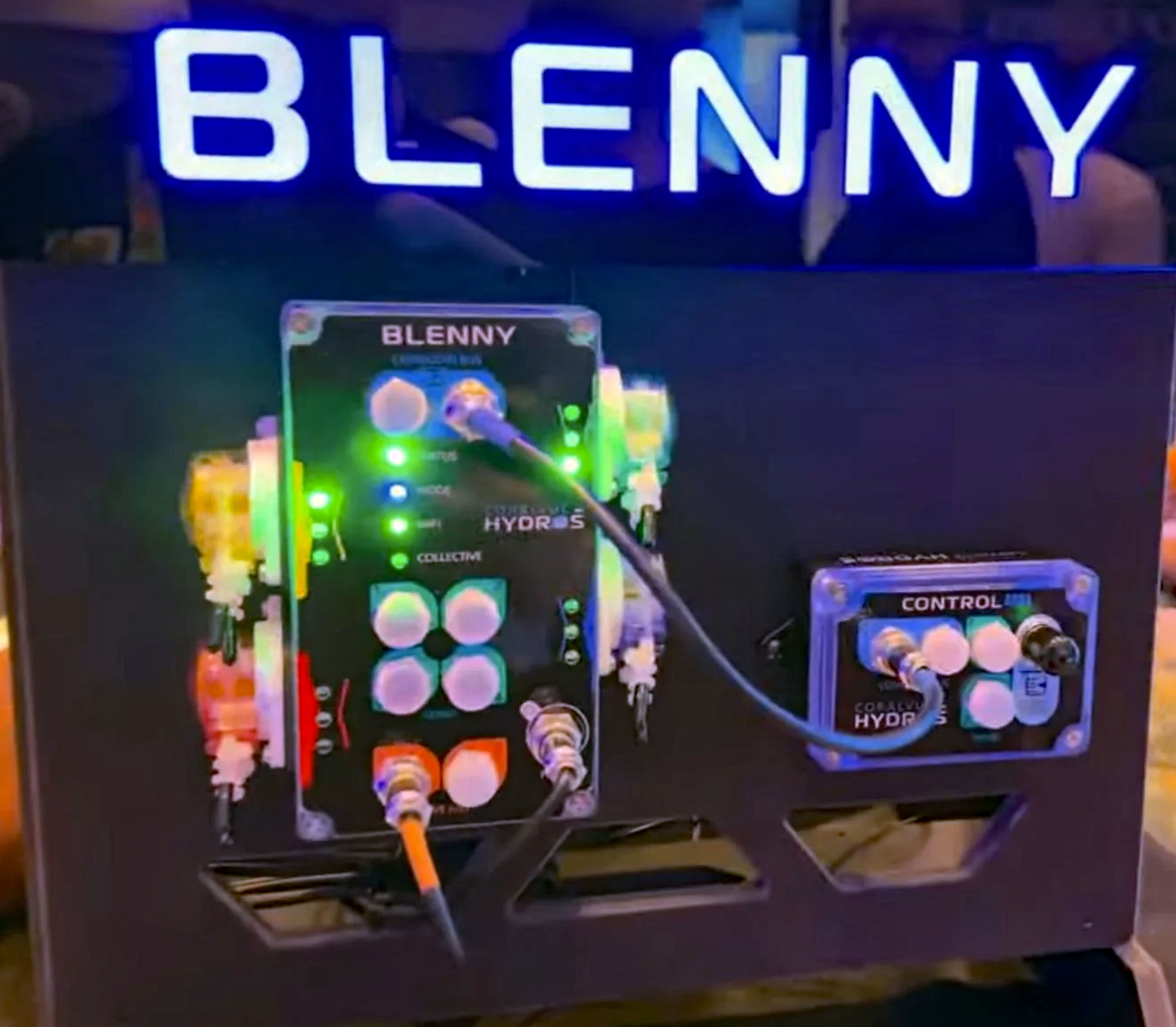We use cookies to make your experience better. To comply with the new e-Privacy directive, we need to ask for your consent to set the cookies. Learn more.
The Stunning Beauty of the Colorado Sunburst Anemone
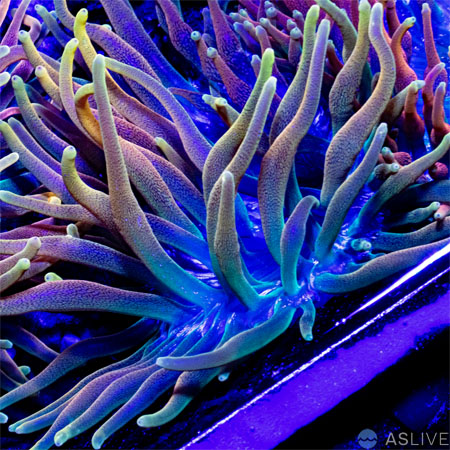
The Colorado Sunburst Anemone, scientifically known as Entacmaea quadricolor, is a captivating marine invertebrate that adds a burst of color and life to most any saltwater aquarium. Some think that the Colorado Sunburst is a different species than your more commonly found and less expensive Rose Bubble Tip Anemone however it is not. Both fall under the same species and they are considered to be ifferent strains or color variants - Entacmaea quadricolor. With a distinctive, vibrant hues and stunning coloration, the Colorado Sunburst has become a favorite among aquarists who appreciate it's unique color characteristics. In this article we will look at Colorado Sunburst care requirements, how they reproduce and aquaculture techniques for this highly prized sea anemone.
Appearance and Habitat:
This species is found primarily in the Indo-Pacific region, typically inhabiting coral reefs and rocky areas. The Colorado Sunburst variant is particularly sought after in the aquarium trade due to its striking coloration. It derives its name from the radiant colors that adorn its tentacles, which can range from vivid oranges and yellows to stunning shades of pink and purple while the base or oral disk apears green to blue with white splotches. These colors are a result of the photosynthetic pigments present within its tissues, as well as symbiotic algae known as zooxanthellae.
In the wild, Colorado Sunburst Anemones typically inhabit intertidal zones, where they attach themselves to rocks or substrate using a specialized adhesive foot. In aquariums, they require a similar environment with ample rockwork or substrate for anchorage, as well as moderate to strong water flow and proper lighting to simulate their natural habitat.
Care Requirements:
It's important for aquarium enthusiasts to provide suitable conditions for the anemone's health and well-being, as they can be sensitive to changes in water quality and lighting. Proper care is essential for the health and longevity of Colorado Sunburst Anemones. Here are some key considerations:
Water Parameters: Maintain stable water parameters within the following ranges: temperature: 72°F to 78°F (22°C to 26°C), pH: 8.1 to 8.4, salinity: 1.024 to 1.026, and alkalinity: 8 to 12 dKH.
Lighting: Colorado Sunburst Anemones require moderate to high lighting levels to support photosynthesis. LED lighting fixtures with a spectrum conducive to coral growth are ideal. Recommended PAR (Photosynthetically Active Radiation) levels range from 150 to 350 PAR, although individual specimens may have specific preferences.
Water Flow: Provide moderate to strong water flow to simulate the natural currents found in their native habitat. This helps to disperse waste and deliver nutrients while preventing detritus buildup.
Feeding: While Colorado Sunburst Anemones have a symbiotic relationship with zooxanthellae and derive some of their nutrients through photosynthesis but they also benefit dramatically from supplemental feedings. Offer a varied diet consisting of small pieces of meaty foods such as chopped shrimp, fish, or clam and various over the counter aquarium foods like LRS, Rogger's Reef Food, Coral Pellet foods. Feedings should be provided two to three times per week for optimal growth.
Compatibility: Exercise caution when housing Colorado Sunburst Anemones with other inhabitants that may not be compatible. Compatible tank mates include clownfish, gobies, wrasse, tangs and some angelfish and other species not listed here.
The compatibility of the Colorado Sunburst Anemone (Entacmaea quadricolor) with other anemones in the same aquarium can vary depending on several factors, including the individual specimens involved, the size of the tank, and the specific conditions provided.
In general, Entacmaea quadricolor can be impacted by other species of anemones in the same tank. Some believe it to be a bacterial issue but we haven't seen any scientific evidence that proves this hypothesis. Some aquarists have reported success in keeping different species and variants of anemones together in larger aquariums with plenty of space and suitable hiding spots. And we have seen success with this 1st hand in a few different aquarium setups with Colorado Sunburst, Rose Bubble Tips and Black Widdows all in the same tank with ill effect on any of these Entacmaea quadricolor variants.
Regarding the concerns about bacterial infections, it's essential to maintain good water quality and hygiene in the aquarium to minimize the risk of bacterial outbreaks. Providing proper filtration, regular water changes, and avoiding over-feeding can help reduce the likelihood of bacterial infections affecting these anemones.
Ultimately, the compatibility of different anemone species or strains in the same aquarium can be a bit unpredictable, and it's essential to monitor the behavior of the inhabitants closely if rolling dice is something you are willing to take a chance on. If aggression or signs of stress are observed, it may be necessary to separate the anemones to ensure their well-being. Consulting with experienced aquarists or professionals at aquarium stores can also provide valuable insights and advice specific to your setup. If you are one of the lucky ones that has successfully kept Colorado Sunburst Anemones with other Bubble Tip Anemones then we love for you to comment.
How to treat bacterial infections in Anemones:
Ciprofloxacin is an antibiotic commonly used to treat bacterial infections in humans and animals. While it may be effective against certain bacterial infections in aquatic organisms, including anemones, its use in aquariums requires careful consideration and caution.
Here are some points to consider regarding the use of ciprofloxacin in treating anemones:
Ciprofloxacin can be effective against a wide range of bacterial infections, including those that may affect anemones and corals. However, its efficacy may vary depending on the specific gram positive or gram negative bacteria strain causing the infection.
Potential Side Effects: Like any medication, ciprofloxacin can have side effects, including potential harm to beneficial bacteria and disruption of the aquarium's biological balance. It's essential to use antibiotics judiciously and under the guidance of an experienced aquatic specialist. There are many articles and forums online on how to effectively use Cipro in an aquarium.
Impact on Invertebrates: Anemones are invertebrates and can be sensitive to medications, including antibiotics. Some antibiotics, including ciprofloxacin, can harm or kill beneficial bacteria in the aquarium, which may lead to further complications for the anemone and other tank inhabitants.
Risk to Corals and Other Invertebrates: In addition to anemones, ciprofloxacin may affect other invertebrates and corals in the aquarium. Care must be taken to avoid exposing non-target organisms to potentially harmful medications.
Consideration of Alternative Treatments: Before resorting to antibiotics like ciprofloxacin, it's essential to explore alternative treatments and address underlying causes of infection, such as poor water quality or stressors in the aquarium environment.
Professional Guidance: If considering the use of ciprofloxacin or any other medication, it's crucial to seek advice from a veterinarian with experience in aquatic medicine or consult with knowledgeable aquatic specialists. They can provide guidance on dosage, administration, and potential risks associated with the medication.
In summary, while ciprofloxacin may have efficacy against bacterial infections in anemones, its use in aquariums requires careful consideration of potential risks and side effects. It's essential to weigh the benefits against the potential harm and explore alternative treatments before proceeding with antibiotic therapy.
Other Potential Stressor to Look For:
Another stressor to look for is Phosphate (PO4) levels in your aquarium. In our experience, a rapid decrease in phospate levels can actually be very harmful to anemones! Some aquarists get alarmed by unexpectedly high PO4 levels even though things may be looking healthy in the aquarium. And often the response is, "oh my gosh. These numbers are way too high!" But a word of caution if you are keeping anemones! Be very careful when using any type of PO4 reducing media or lanthium chloride products when you are trying to decrease elivated PO4 levels. Sudden decreases in phosphate levels can impact anemones within hours of adding GFO or phosphate reducing water treatments to the aquarium! We have observed anemone bleaching or anemones turning dark in color with rapid decreases PO4 levels. It's best to make very slow decreases in PO4 levels when anemones are present!!!
Reproduction and Aquaculture:
Colorado Sunburst Anemones are capable of both sexual and asexual reproduction. Sexual reproduction typically occurs through the release of eggs and sperm into the water column, where fertilization takes place. The resulting larvae eventually settle and metamorphose into juvenile anemones.
Asexual reproduction, known as pedal laceration, occurs when a portion of the anemone's pedal disc tears or is deliberately cut. The detached fragment can then regenerate into a new individual, provided that it has sufficient nutrients and ideal environmental conditions.
In aquaculture settings, Colorado Sunburst Anemones are propagated through both sexual and asexual means. Experienced hobbyists and commercial facilities carefully cultivate these specimens to meet the demand of the aquarium trade while minimizing the impact on wild populations.
The Colorado Sunburst Anemone is a stunning addition to any reef aquarium, boasting vibrant colors and captivating movements and a great choice for hosting clownfish. By providing the proper care, lighting, and feeding, aquarists can enjoy the beauty of these fascinating creatures while contributing to their conservation and sustainability by purchasing aquacultured specimens.




